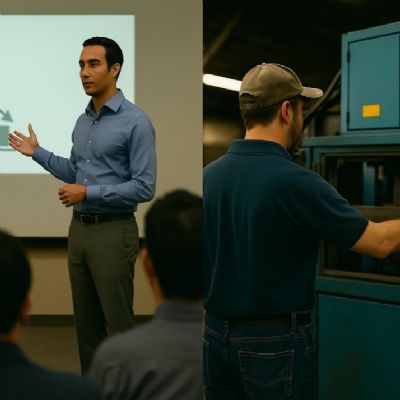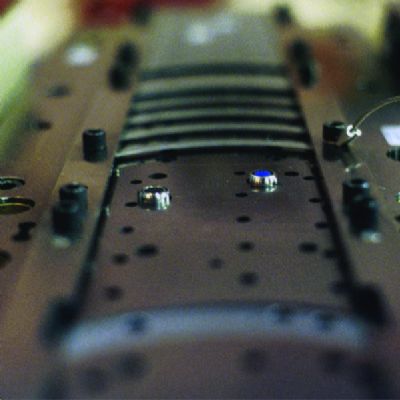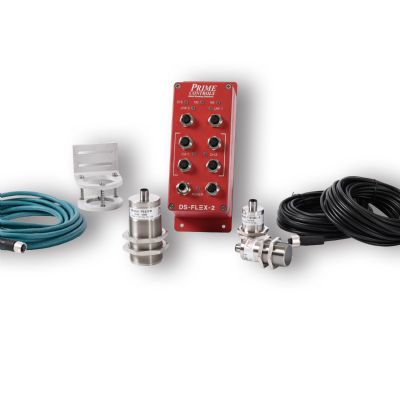Gizmos and Gadgets for Feed Monitoring: Patient Clear-Headedness Trumps Rushed Bumbling
April 1, 2012Comments
The hardest part of any serious sensor application lies in its starting point. It’s easy to become overwhelmed by urgency in the pressroom and toolroom, and rightly so. No one wants the same die issue to ever again express itself as a die repair or scrapped parts. This is one of those clear examples where patient clear-headedness als trumps rushed bumbling.
Let’s look at a very common photoelectric-sensor application and see if we can agree that, despite its popularity, external sensor mounting cannot possibly be the right choice. Your die arrives in the pressroom without sensors on it, never mind why. Wisely, you decide to, at the very least, install a feed sensor to check strip progression. This very point in time is akin to the famous Yogi Berra quote, “When you come to the fork in the road, take it.”
You have two choices as to how to implement the sensor. The clock is ticking, production needs parts and everyone appears to lack patience for anything deemed complicated. So, like most in your situation you choose to install the feed sensor externally rather than within the die.
Some of the most creative, convoluted, homemade gizmos I have ever encountered are of this variety. Namely, a magnetic clamp holding a diverse array of interconnected steel rods extending into space to position the photoelectric sensor just right, in order to detect the arrival of some strip or part feature at the end of the feed cycle.
“But we saved time and money doing it this ,” is the typical rationalization for these devices. From shop to shop where these homemade gadgets find use, the initial thinking usually centers on a promise to have a die built and running sooner than is realistically possible. The toolmaker (we’ll call him “Bill”) promises to ensure that the gizmo will work for the first few runs, and then, when he has the time, will mount the sensor within the die.









